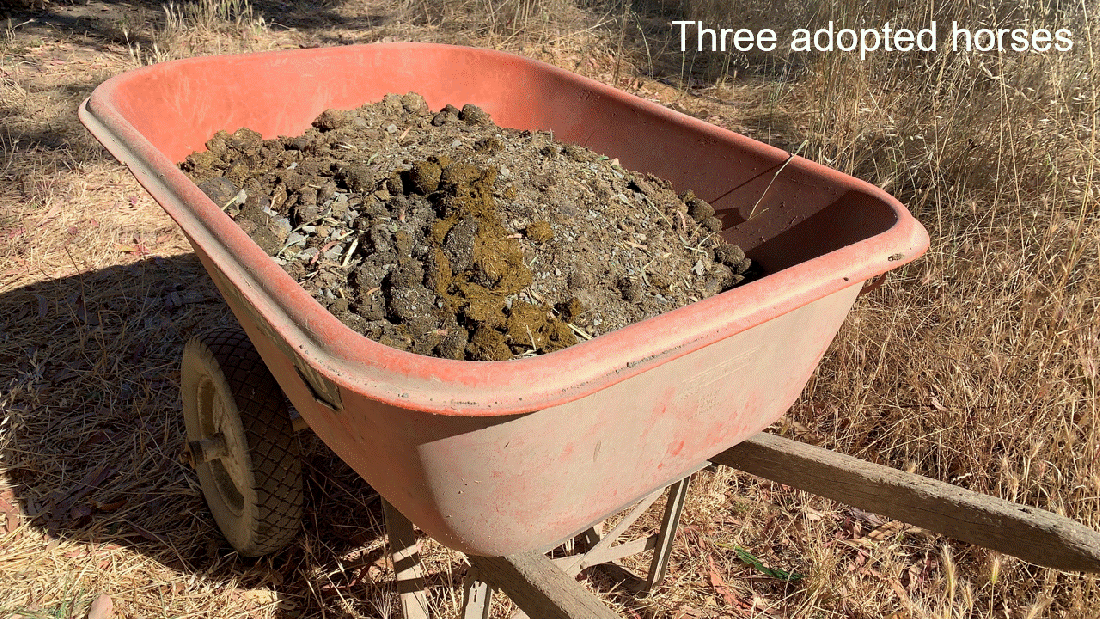Low placement rates, compared those of online adoptions, prompted the change, according to a news release dated June 8.
The feedlot covers 200 acres in southeastern Wyoming and can house up to 3,500 wild horses and burros, while privately owned cattle and sheep are dispersed at much lower rates on lands set aside for the horses and burros.
There’s nothing in the statute that says AMLs must be small relative to the available resources.
They could correspond to 100% of the authorized forage, neglecting the small amounts assigned to wildlife.
But the government chooses to manage HMAs primarily for livestock, and that’s why there are almost as many wild horses and burros in off-range holding as on the range.
The advocates, defeated a long time ago, snuff out new life with their fertility control pesticides, giving the ranchers exactly what they want.
They are buffoons, no longer deserving of your financial support.
RELATED: Adoptions Resume at Wheatland Off-Range Corrals.









